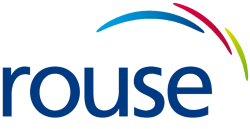Cash flow will inevitability be a key issue for many businesses in the current period. With inflation and increasing supply chain costs, cash balances and reserves can quickly erode.
During times of economic difficulty there are several steps that businesses can take to reduce the strain on their working capital. In this article we discuss some of these further.
1. Short-term forecasting
You can’t manage what you can’t measure. So forecast your short-term cash flow in detail, over the next four to five months. Either using software, or Excel, identify on a monthly basis the cash you expect to receive and pay out. It can include estimates for various tax payments, Corporation Tax, VAT and PAYE. (if you aren’t sure what these might be you can use your last payments as a guide).
For your sales forecasts you should look back through your bookkeeping records to see what daily, weekly or monthly averages you have been achieving and apply any reductions you might expect. This will give you the information to make decisions on what actions to take. Where shortfalls are forecast, plan to fill the gaps with mitigating actions you can take whilst also using the support schemes that are available.
2. Invoicing
Issue invoices more regularly and consider invoicing upfront or sending interim bills. Could you offer discounts, for example 5% if payment is made within seven days to bring forward receipt of the money. Use a credit check report, for example Experian, when taking on new clients.
3. Debt collection
If you use a cloud accounting package such as QuickBooks or Xero, consider automating your debt collection system, for example Chaser. If you have debts which have gone beyond your payment terms consider placing the invoice with a debt collection company.
Have you considered financing your debtors using invoice discounting? However, you should remember that in difficult times your customers may be struggling to pay you, so providing a payment plan by way of monthly direct debit may help them settle and retain the client relationship.
4. Stock
Stock that you are holding represents cash which is tied up and not available to the business. There are also costs involved in holding stock such as warehousing, transport and refrigeration etc. Assess whether you are holding too much stock. Could you implement a just in/just out system to reduce your holding costs?
5. Payment to creditors
Contact your suppliers to discuss extending terms or agreeing a payment plan. If offered an early payment discount by individual suppliers, consider settling their invoices first.
6. Capital expenditure
If you are considering purchasing equipment, investigate asset finance, leasing or hire purchase rather than purchasing. Can you extend the term of the hire purchase agreement to reduce the monthly payments?
7. Cash injection
If you need to boost your cash for the period you may consider a short-term business loan or overdraft facility. You should approach a finance lender or broker to access the options available to you.
8. Keep up with developments
Finally, staying up-to-date during this uncertain period is important. Watch out for all government announcements, industry sector news, and any professional bodies or federations that you belong to as they are busy lobbying the government for action. You can subscribe to our email updates here.
Contact us
We hope that these points are useful to help you stabilise your cash flow position in the coming months. If you would like to speak to our team regarding your specific circumstances, please contact us.

Award-winning chartered accountants offering tax, audit and advisory services.



